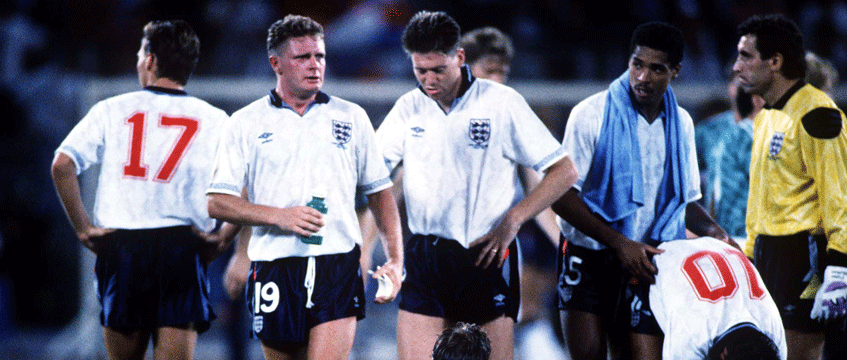EG remembers 1990 and 1966 very well. Twenty-eight years ago there was no iPhone, Facebook or Google Amazon. No Twitter, YouTube or Tesla. And no World Cup semi-finals for the England football team since. Well, not until today.
In real estate, some things have changed in those three decades.
In EG’s 7 July 1990 edition – that England-Germany penalty shoot out had taken place three days earlier – we were talking about a £46 per sq ft letting at 20 Bedfordbury, Covent Garden, WC2. Today, Covent Garden office rents top £78 per sq ft, although what had been the British Council’s new office is now Hop House, “a stunning range of one, two and three-bedroom apartments with an extensively re-modelled exterior façade that enhances the Viennese theme of the original design”. How the area has changed.
Parallels
But more, much more, has stayed the same.
In that same edition, EG talked about chartered surveyors coming under attack “for failing to invest intelligently in marketing technology”.
“A large number of firms have invested a great deal of time and resources in setting up what is nothing short of a glorified mailing list, rather than a strategic data base [sic],” said General Marketing Audit’s Garrey Melville.
Only now is that beginning to change.
We also talked about negative investor sentiment and a “go-slow on property” on the part of domestic institutions. Another parallel.
Other headlines included “TSB says ‘ouch’” and BHS’ big tumble, though it turns out those stories didn’t relate to an IT outage or a collapsed retailer. An £84m hit on bad loans by the bank and a profits fall at quoted City agent Baker Harris Saunders were the stories behind those headlines.
And what of the week which, at the time of writing at least, saw England’s only World Cup win?
Certainly the art of letting a new building was different then.
“A well-known public property company,” ran one half-page, black and white advert, “are now inviting applications for a tenancy of a prominent new office development which they propose to erect close to the town centre at Redhill.” You don’t hear many agents using such rarefied language these days.
But similarities to today ran deep, too.
“What of the Conservative party?” asked EG’s 30 July 1966 leader. “There is crisis. There is dissension. There is opportunity. They must face up to the economic situation.”
So far, so current, although a key difference was that the party was then the opposition to Harold Wilson’s government.
But the spirit of that leader, which ran on the morning of England’s greatest footballing moment, remains relevant: if there was weak government and ineffective opposition then, it is every bit as true today.
Our 1966 conclusion?
Unless clarity of political purpose is better conveyed to “Mr Average Briton… we might all vote Welsh Nationalist”.
I’m not sure EG would advocate the same today, though we’re hoping for a similar outcome in the football – to 1966, that is, not 1990.
Main pic credit: Colorsport/REX/Shutterstock
To send feedback, e-mail damian.wild@egi.co.uk or tweet @DamianWild or @estatesgazette











